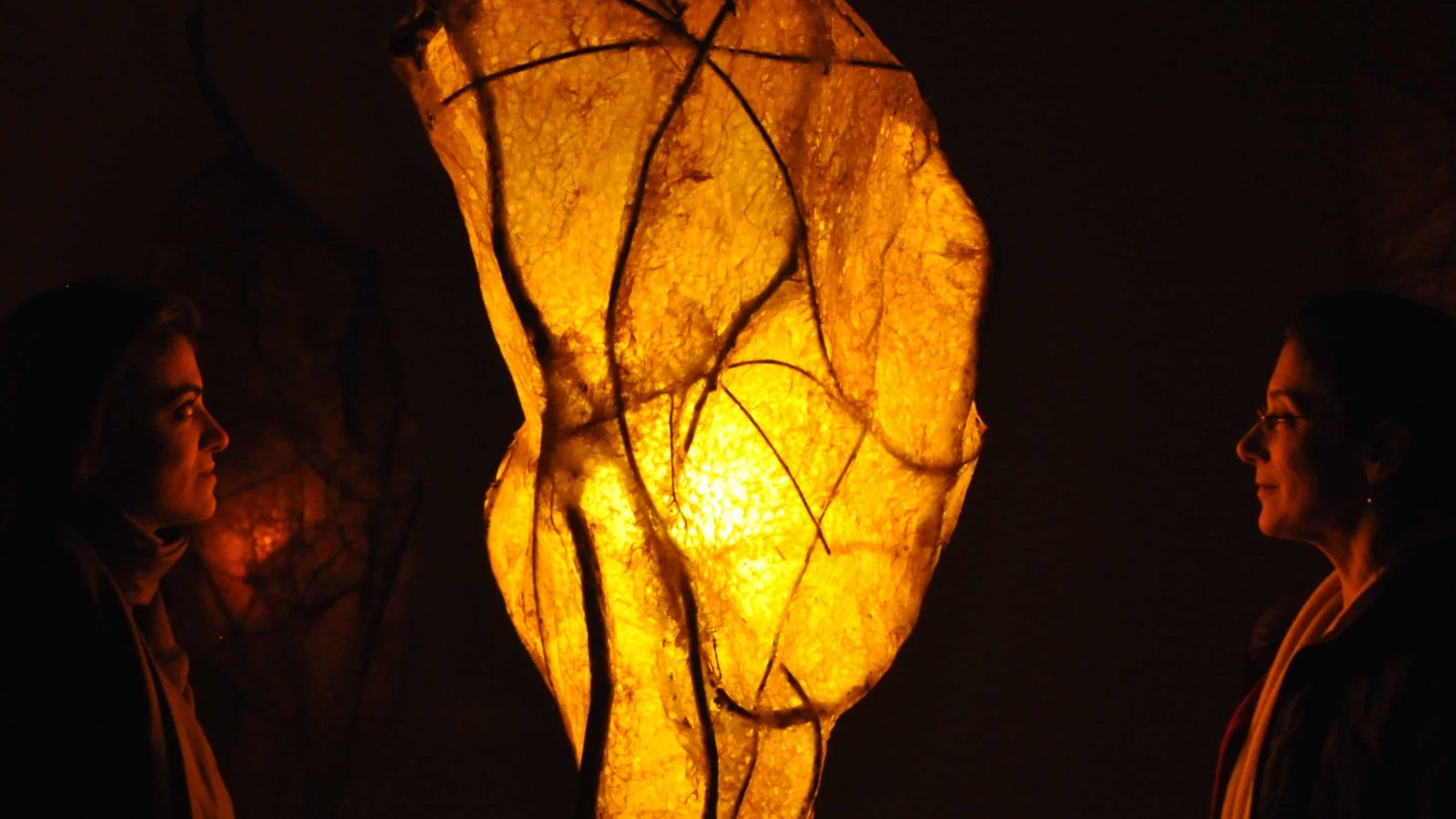At the top of the hill, cocoons pulse with light. Natalie Tyer has formed organic shapes as translucent as moth wings, and the glimmer will intensify as someone comes close.
Bonfires will warm the courtyard. In the one indoor room with broad glass windows, musicians will improvise on low winds, bass strings and percussion around a rippling melodic line.
On Saturday afternoon and evening, March 20, TurnPark Art Space welcomes the equinox. The celebration will unfold outdoors across the sculpture park in West Stockbridge, said technical director Jason Gelormino and outreach and program coordinator Michelle Kaplan.
Designer Inna Zhukovsky-Zilber, a Lithuanian artist based in Boston, will warm the courtyard with lanterns and painted lamps and fire pits.
In an arch of the building, Black Lake, a duo of composers and spoken word poets from Hillsdale and Copake, N.Y., will perform with light sculpture and percussion of wooden Chinese bells. Susan Jennings and Slink Moss have performed nationally and internationally as a collaborative multi-media duo.
And after sunset, as night falls, Becket sculptor Joe Wheaton will turn the sloping white wall of the visitors’ center into a projection screen for a light show. He will bring in images from the park and the artwork, and from the spring.
“He mixes them like a DJ,” Gelormino said, playing with color and sound.
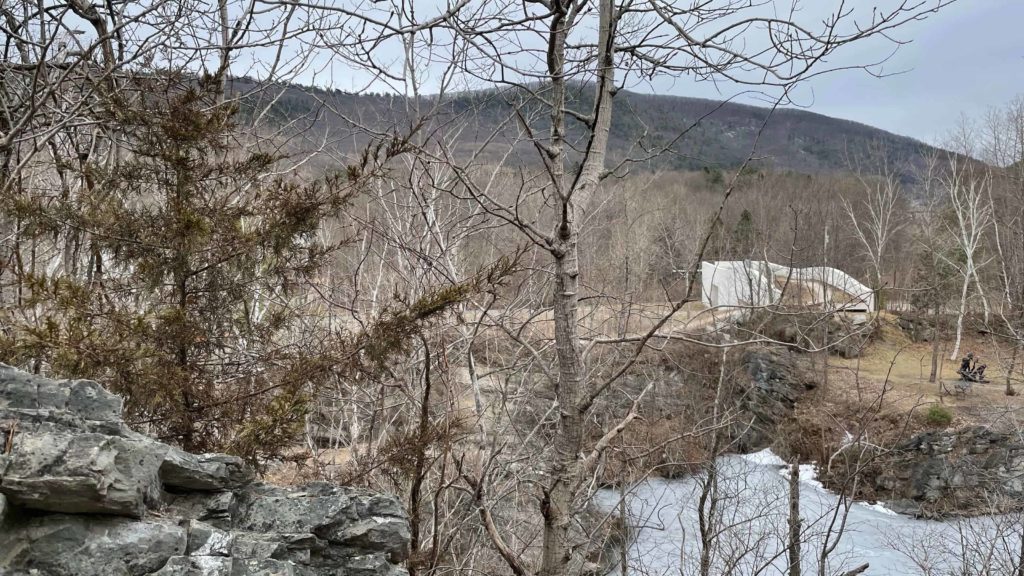

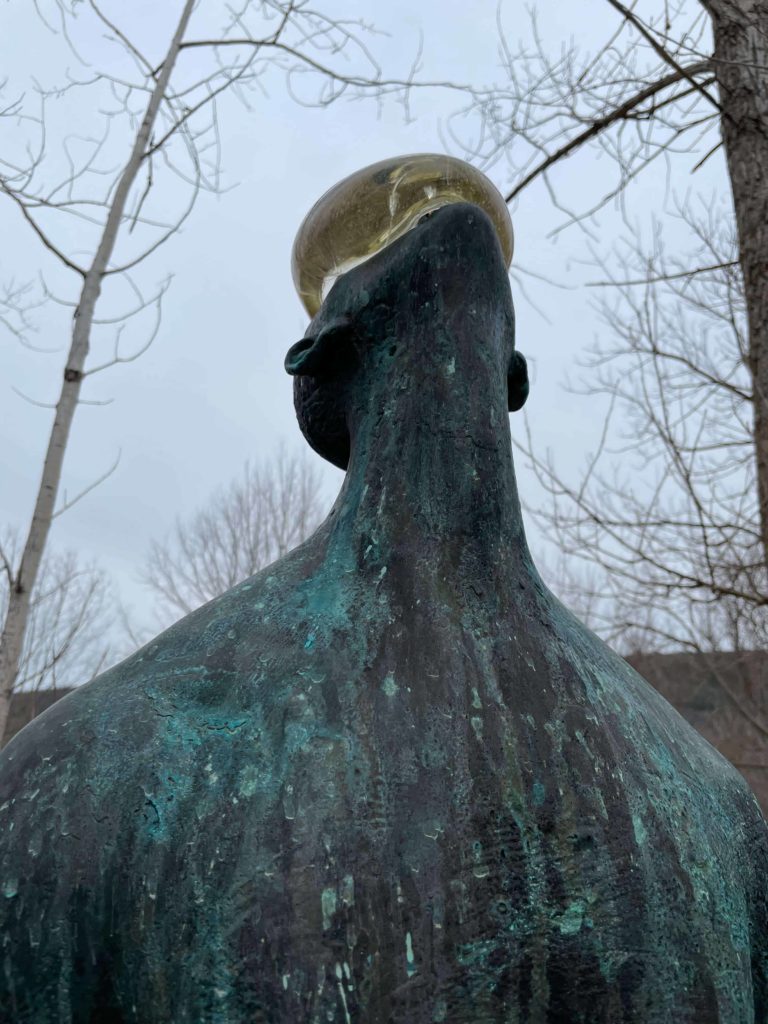

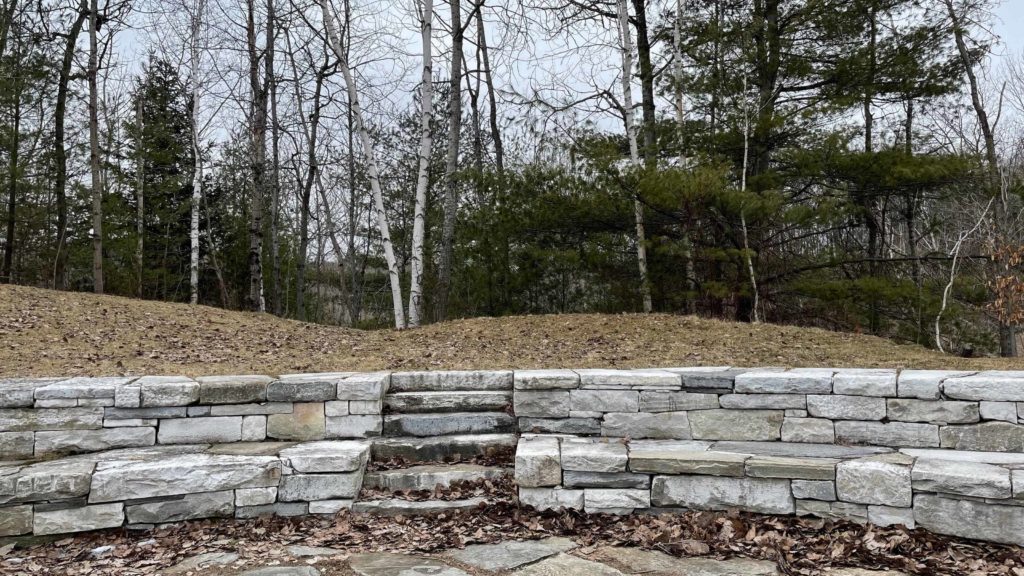
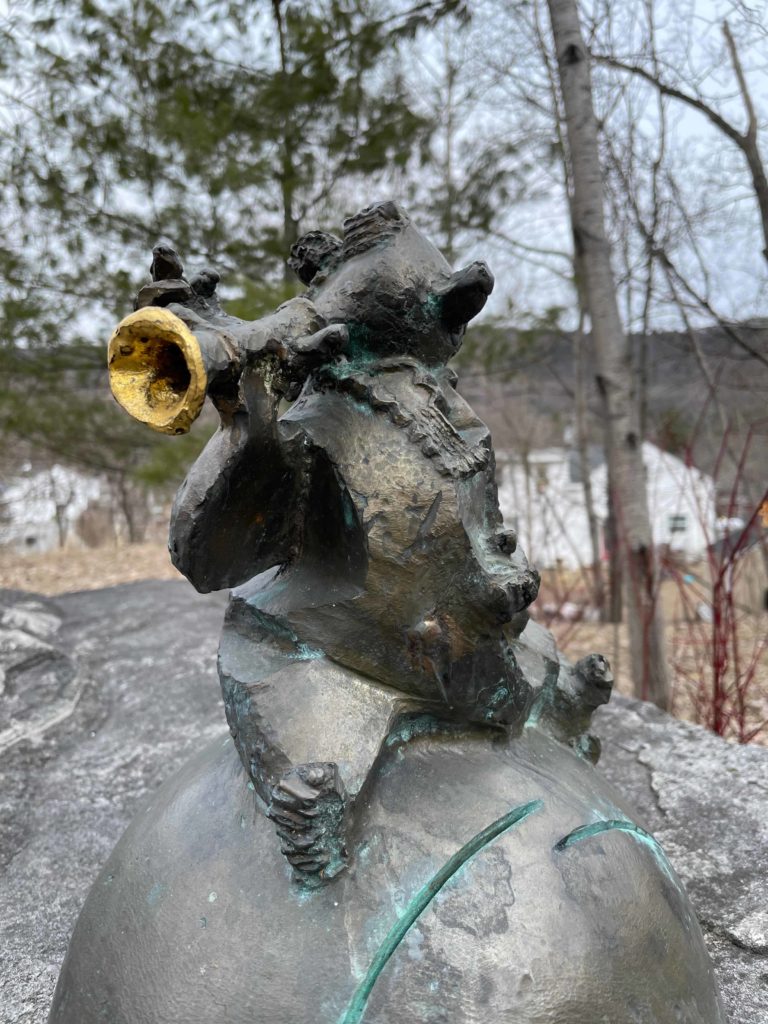
He and Gelormino are friends, as all of the artists gathering tonight are old friends of the park
“We’re giving them space to do what they want to,” Gelormino said. “We’ve invited people who are dedicated. Joe goes all-out on any project. Natalie’s work is elegant.”
From behind glass, the Omnitribe Collective will perform on folk instruments, percussion, keyboards and guitars. They will record their annual Yurtacolypse with speakers outdoors in the courtyard. They record a livestream concert every year, Gelormino said, usually in a Yurt, a Mongolian round house. This year in Covid they are coming here.
Vika Malayeva, Slava Yasser, Vladimir Mukhin, Shay Raban and Dmitry Volovik have described themselves as healing music, a meeting point for story and reflection. They blend Middle Eastern and Eastern European influences and many ore, Gelormino said, and their collaborations draw in musicians from many traditions, from Brooklyn accordionist Nima Farzaneh to percussionist and kamancheh player Kaveh Haghtalab.
They know the Park through Luna Go, an artist at the Rhode Island School of Design, and the daughter of the Park’s founders, Igor Gomberg and Katya Brezgunova. She will bring her own work to the celebration, a luminous moon sculpture.
People can walk the paths in daylight and dusk and in the dark, and new work will emerge between the internationally known sculpture along the paths.
Natalie Tyler’s Diapause is a living installation, she told Gelormino. Human-size cocoons brighten and dim in response to movement. As people come close, the light will change.
“The cocoons represent the quiet insular time,” she writes, where we inwardly reflect and ultimately transform as we re-emerge into the world.”
Diapause is a period of suspended development. In a time of harsh extremes, like droubt or cold, a creature goes dormant to survive, like monarch butterflies overwintering in Mexico. They will pause in their growth to save energy and wake when conditions change, when the cold thaws or the rain comes.
Nearby, Nicolai Sillis’ Don Quixote contemplates a wide-petalled bronze daisy on the banks of the frozen pond in the old quarry. Smooth dark metal figures curve as though they are set to hurl a ball. Ceramic green towers lean together like lichen on stone. (In the warmer weather, sculptor Uta Bekaia whispers a story over them in Georgian, Gelormino said, about a spider woman weaving.)
Shimmering shapes suspended from a young tree like mussel shells or seed pods, and cedar wood frames weathering into stone grey.
And indoors, in the Garage Gallery, Gelormino and Michelle Kaplan have assembled a quirky body of work in bright colors, comic, ironic, sometimes baudy.
“This show doesn’t reflect the art in the park,” Kaplan said. The founders have offered them this space to experiment in the winter.
She and Gelormino have been working together for five years. They met through the Park, she said, and this show has grown out of their friendship and winter days pouring through boxes of found objects and playing with ideas.
At the entrance a purple unicorn balances on a traffic cone in a nod to the artist Jarvis Rockwell. Kaplan visited him and his wife in North Adams, and she remembers her first sight there, a sculpture involving a plastic horse. Rockwell creates assemblages from action figures.
“They all have personality to him,” she said.
At a glance, she and Gelormino have leaned in his direction. The room is lined with bright plastic, toys disassembled and reassembled, with names like Does Einstein Have Any Quotes About Doughnuts?
Look again and hidden elements may emerge, like the form of a boy in the fronds of a hanging plant. Shadows move on the walls.
A bull-fighter makes a reference to Salvador Dali and his Hallucinogenic Toreador, a kind of optical illusion with a repeating pattern of a figure like the Venus de Milo. An inflatable fish alludes to Jeff Koons metal sculptures like balloon animals, Gelormino said, like a centipede on a ladder.
Figures and photographs challenge stereotypes. A man’s lips frosted with sugar are holding a spray of budding stems. Two Ken dolls are leaning their foreheads together.
“I think about gender roles,” Gelormino said, “and I like to mish-mash them. Powerful women who have taught me so much.”
Alterations to a heavily muscled Hercules or a Disney princess challenge the roles these characters often take on.
“In the Little Mermaid, you have to literally give up your voice to be with a man,” Kaplan said. “Literally, the end. That’s messed up.”
Gelormino remembers toy chests in his preschool for “boy toys” and “girl toys.” He liked the “girl toys” — they were the heroes of the stories he invented.
Ultimately, he and Kaplan said, they wanted a playful, creative space in a long winter.
“Laughter becomes an ultimate judge, whether to keep something in the show,” Kaplan said. “We’ve been cracking up over this, and other people have too. … Anything that makes us laugh feels important right now. It’s colorful, funny, and I need that.”

